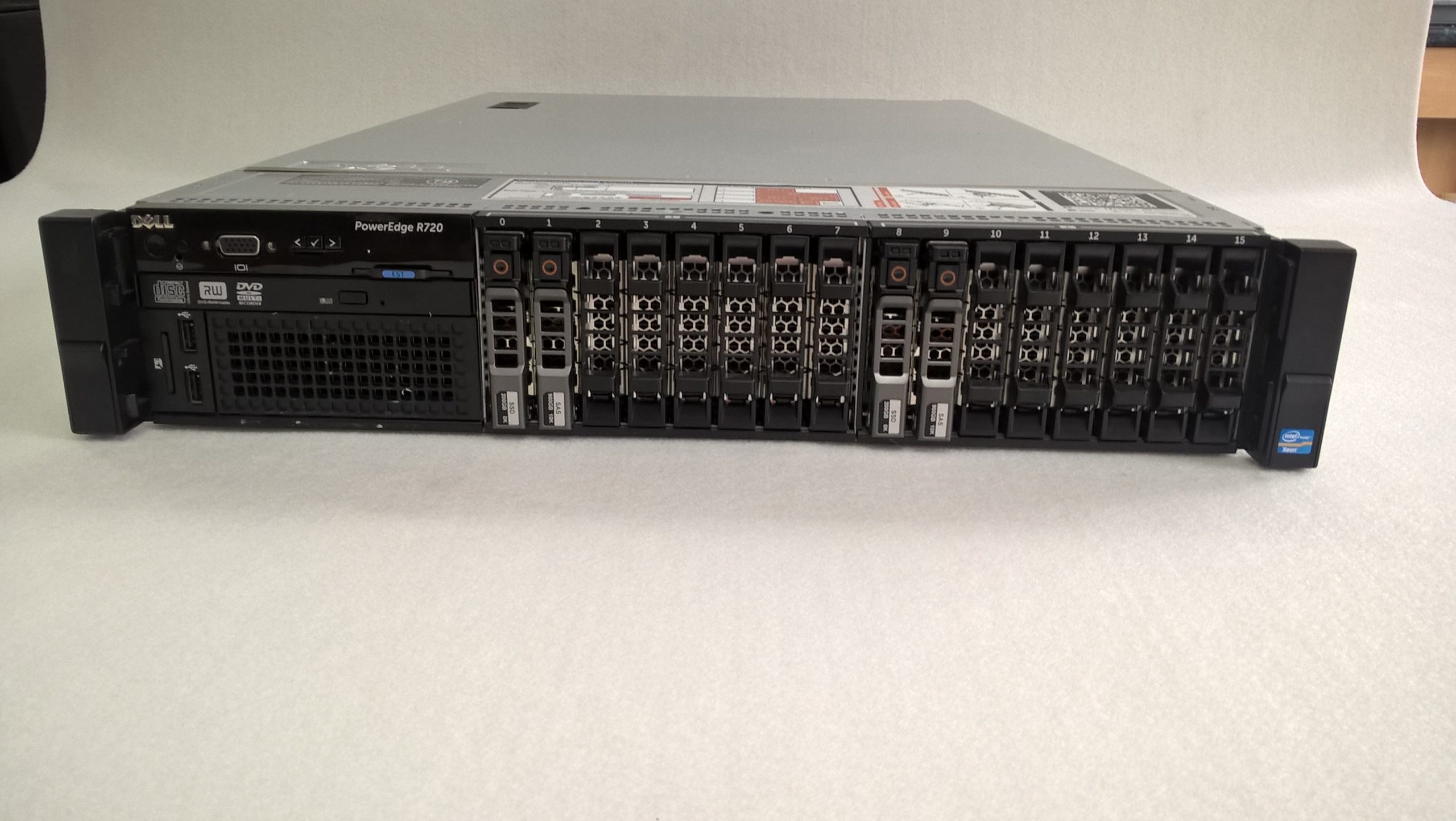Troubleshooting a PC Startup Issue After Cleaning: My Experience
As a tech enthusiast, I recently embarked on a routine cleaning of my gaming rig, but unfortunately, I ran into a significant issue that caused my PC to stop functioning altogether. I wanted to share my experience in hopes that it may help others facing similar challenges.
The Incident
Armed with a can of compressed air, I diligently opened my computer to clear out dust and debris. However, in the process, I accidentally sprayed some fluid onto my motherboard, which quickly evaporated. While I thought everything was fine, I encountered difficulties when trying to remove my graphics card due to the sizeable CPU cooler blocking access.
To detach the GPU, I resorted to using a screwdriver to release the small latch on the PCIe slot. Regrettably, this resulted in a scratch on the motherboard. I immediately felt a surge of anxiety, worrying that I might have inadvertently damaged crucial traces on the mobo.
After completing the cleaning, I powered on my PC, but it wouldn’t boot, not even to BIOS. Instead, it entered a continuous reboot loop with a black screen—quite frustrating! I recalled a previous encounter where similar issues were resolved by properly reconnecting the RAM, but this time, that solution did not apply.
Seeking Solutions
I documented the scratch and quickly sought advice online, sharing additional images to illustrate the damage. My setup included an Aorus Elite Z390 motherboard paired with an Intel 9700K CPU, and I noted that the motherboard’s status LED lit up red, which was concerning.
In my troubleshooting effort, I attempted several solutions: resetting the CMOS, removing and reseating the GPU, SSD, audio card, and RAM (even swapping slots). I confirmed all cables were correctly connected except for the CPU power pins, as my NH-D15 cooler made it nearly impossible to access without more thermal paste—something I lacked at the time.
Numerous online sources mentioned potential short circuits between traces, which fueled my fears that the scratch had indeed compromised the motherboard’s functionality. Lacking both the tools and skills to solder any damage, I decided it was time to explore replacement options.
Next Steps
Determined to get my PC back up and running, I planned to visit a local store the following day to purchase new thermal paste. I also contemplated whether booting the system with only the
Share this content:


